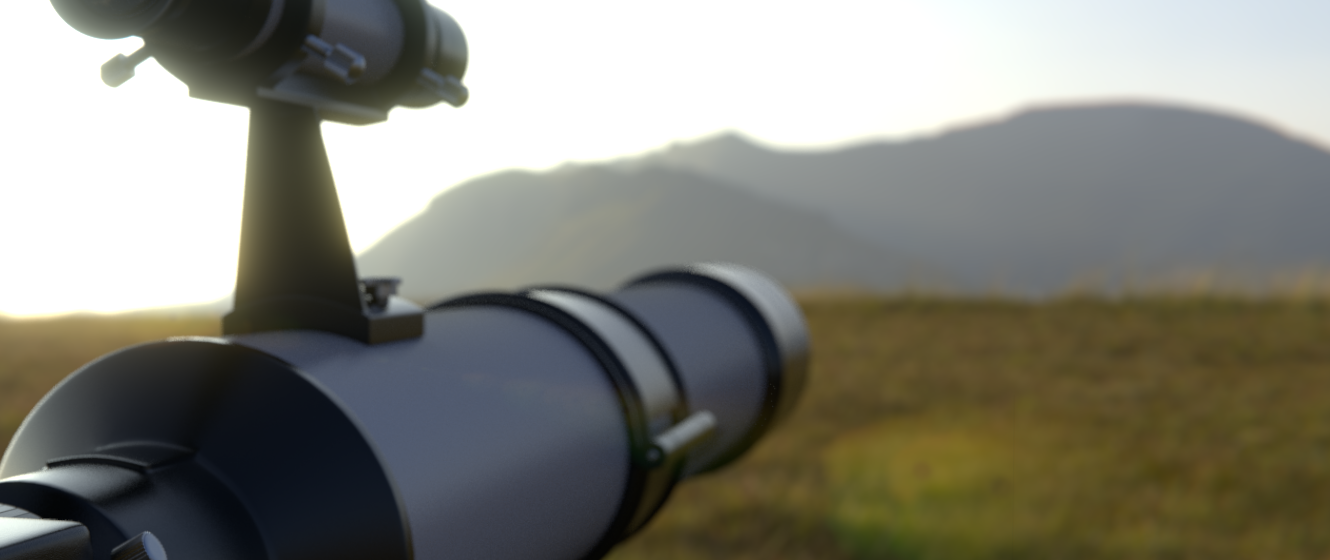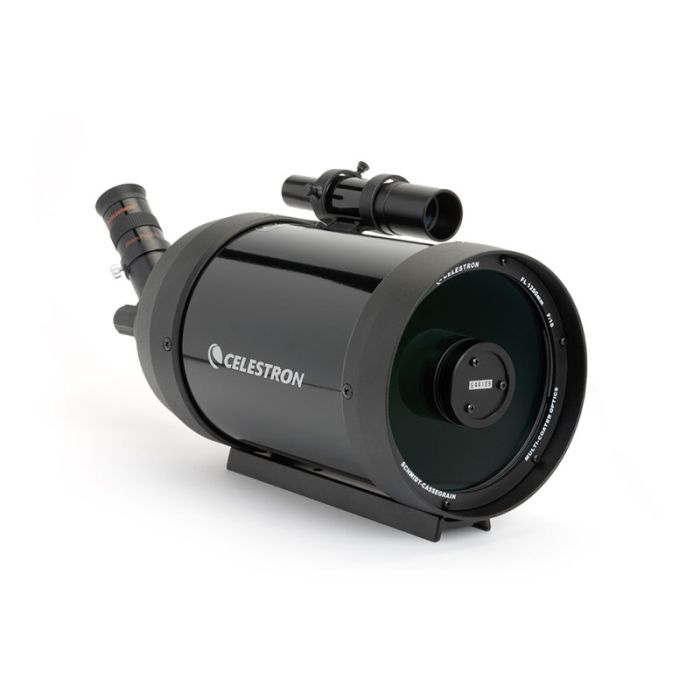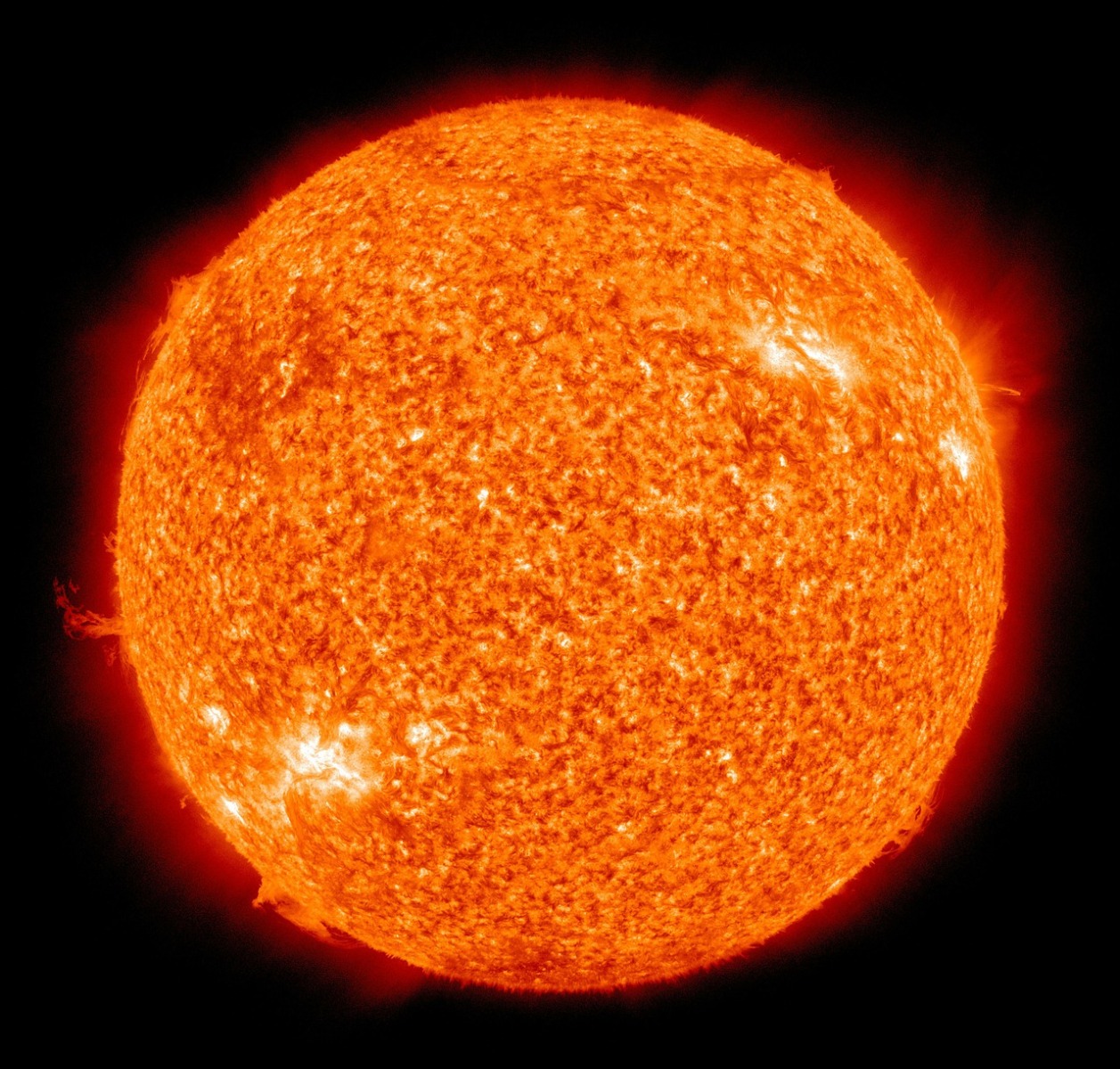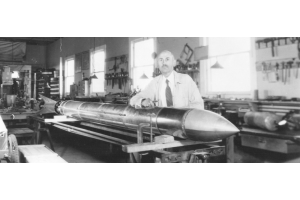
Telescopes are great for exploring the night sky, and while that might be your primary reason for buying one, you might also be wondering if you can use them during the daytime too. Maybe you’re into birding, live near the ocean or simply have a backyard or balcony with a picturesque view. Whatever the reason, you have a number of options open to you.
Not Every Telescope is Good for Daytime Use
Unfortunately, many of the telescopes built for astronomy aren’t really designed to be used during the day - and here’s why.
As light enters the telescope, the primary lens or mirror flips the image. When you look at your target through the eyepiece, it can appear flipped horizontally, vertically, or even both.
Telescopes designed for daytime use will have an additional lens or mirror that will flip the image again so that it appears correctly oriented. The downside is that there’s a little image degradation as a result.
When it comes to astronomy, it doesn’t really matter if the image is reversed, as the quality of the image is considered to be more important than orientation. This is especially true if you’re an astrophotographer or you’re looking for the finer details in the objects you observe, such as the dark dust lanes in galaxies or texture in a nebula.
Which Telescope is Best for Both Day and Nighttime Use?
If you have not yet purchased your scope, consider a Spotting Scope. These are specifically designed for use during both the day and night, making a spotter the perfect choice for birding, wildlife, ocean life, astronomy or simply admiring the view.
They’re also designed to be lightweight and portable, enabling users to take the spotter anywhere. You can take it hiking, hunting, camping, or stargazing, or simply use it in your backyard or on your balcony. A reputable, established brand like Celestron will also ensure you won’t be compromising image quality either.
Some refractors are also built for daytime use, with a few being designed specifically for travel, such as Celestron’s Travel Scope series.
The downside? Spotting scopes and travel scopes like these usually have smaller apertures - otherwise, they wouldn’t be portable. So what if you don’t need it to be portable? If you have (or are buying) a refractor or a Schmidt-Cassegrain catadioptric telescope, you might still be in luck.

The Best of Both Worlds
If you want a telescope you can primarily use for astronomy but still have the option of daytime use, go for a refractor or Schmidt-Cassegrain catadioptric telescope (SCT) and then invest just a little more in an erect image diagonal.
This useful, inexpensive accessory will correct the image in a refractor or SCT so that it appears the correct way up. You can therefore potentially use it with a larger aperture telescope.
For the record, you can use an erect image diagonal with a regular Newtonian reflector, but you might be a little surprised by the results. The diagonal will flip the image vertically - so it will appear the correct side up - but it’s not able to flip it horizontally.
Aim your telescope toward a building and you’ll see it right side up, but any letters will appear backward. This may not be an issue, but it might be confusing if you’re tracking a bird or other creature as it moves!
How to Safely Observe the Sun
Besides regular daytime targets such as birds, animals, and the scenery, you can also try your hand at spotting a few celestial targets too. The most obvious target is the Sun, but of course, you should NEVER LOOK DIRECTLY AT THE SUN as it can cause serious damage to your eyes and even permanent blindness.
So what’s a safe way to observe the Sun? One way is to project its image onto a white piece of card or paper. You’ll need to hold the card about a foot or more away from the eyepiece, and, if possible, stand in the shade. Direct sunlight can make the image harder to see.
The trickiest part of this method is aligning the telescope with the Sun without looking through the eyepiece, finderscope, or even the Sun itself. It can be a little problematic and may require a fair amount of trial and error at first.
An alternative is to use an aperture filter, and there are two options available. The first is a safety film made from Mylar that can be cut and used to cover the end of your telescope. However, depending on the type you buy, it can turn the Sun a bluish color.

The second option is a full aperture glass filter you can attach to the end of your telescope. These cost more, but they’re more robust and will allow you to see the Sun in its natural color.
Avoid using eyepiece filters made of welder’s glass. These won’t filter out the wavelengths that can damage your eye and can crack, resulting in serious and possibly permanent injury!
What Nighttime Objects Can I See During the Day?
You’ve probably noticed that you can often see the Moon during the daylight hours. Depending upon its phase, you’ll either see it in the afternoon (if it’s waxing) or in the morning (if it’s waning).
This gives you a great opportunity to observe the Moon before the sky gets too dark and the moonlight too bright. With that in mind, if you’re observing the full moon, the daytime might actually be a better option. However, for the other phases (especially if the Moon is a crescent or a half moon) sunset is often a good time as it allows the shadows on the Moon to be noticeable without the moonlight being too dazzling.
If you’re looking for a challenge, try your hand at Venus. Our nearest planetary neighbor has been reliably spotted during the daytime, but you’ll need to know exactly where to look. It’s a good idea to wait until the planet is near its greatest elongation from the Sun, as it will be furthest from the Sun in the sky and therefore easier to spot.
It’s also a good idea to start by looking for the planet shortly after sunset. This will allow you to get an idea of where the planet will be at a particular time. Noting its position relative to terrestrial targets can help to make it easier to spot next time. The following evening, look for the planet again, in the same general area, but a few minutes earlier. Use binoculars if the sky is still relatively bright.
By looking for the planet at earlier times each consecutive night, you’ll be able to find the planet against a progressively lighter background sky.
It’s actually beneficial to observe Venus during the day, as the planet’s disc won’t appear so bright. This lack of brilliance, therefore, makes it easier to focus and identify details in the cloud tops that would otherwise be impossible to see.
Besides providing you with the opportunity to watch the wildlife and admire the view, your telescope and the daytime combined can also deliver a few celestial sights. Don’t miss out - get outside today and make the most of your scope!

Learn More
Interested in learning more about telescopes and astronomy? Not sure where to begin? Check out our Astronomy Hub to learn more!










